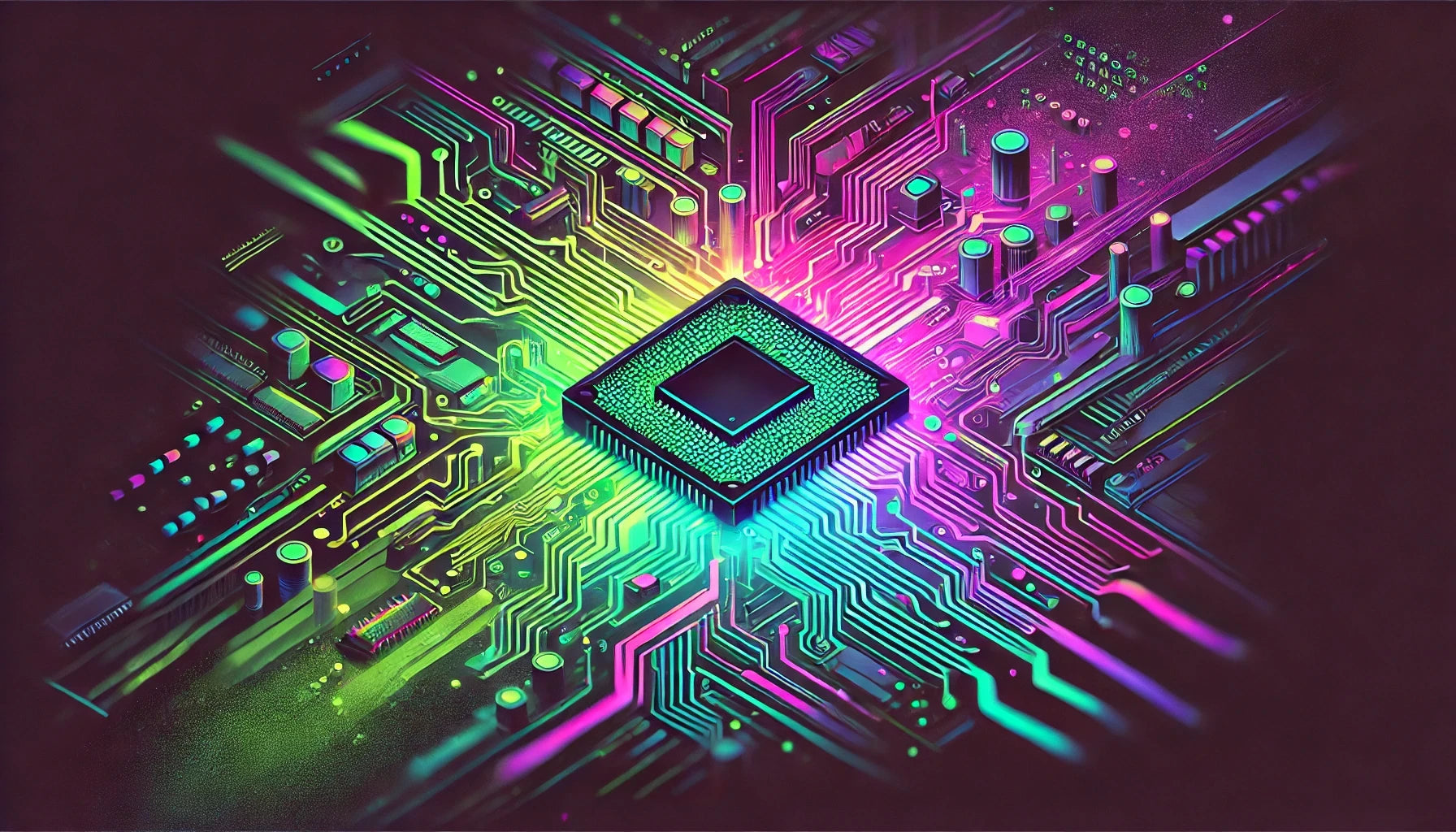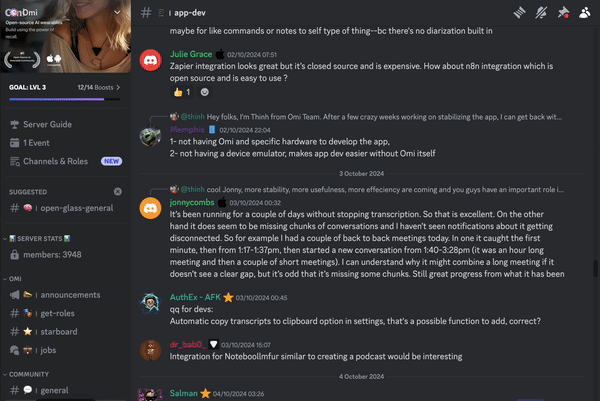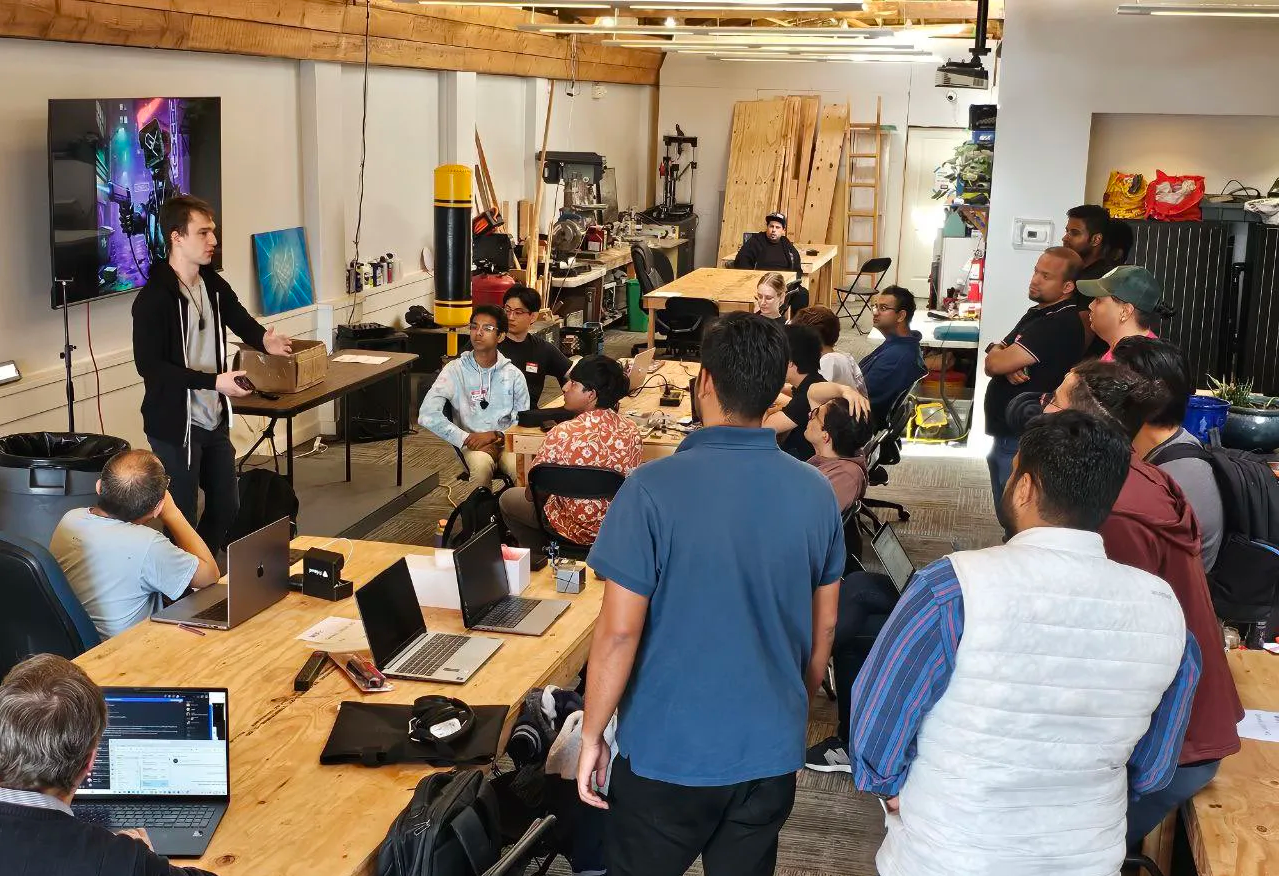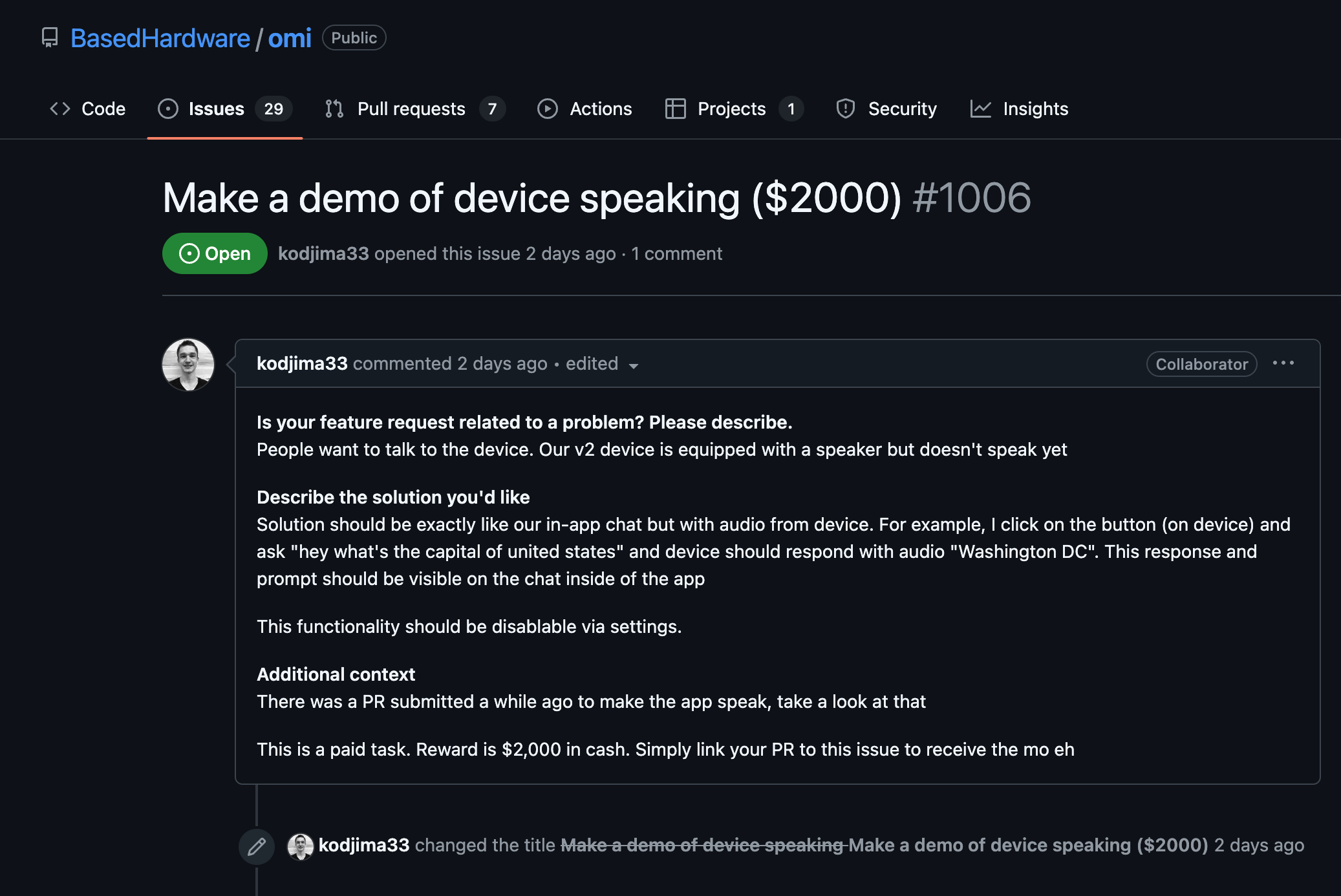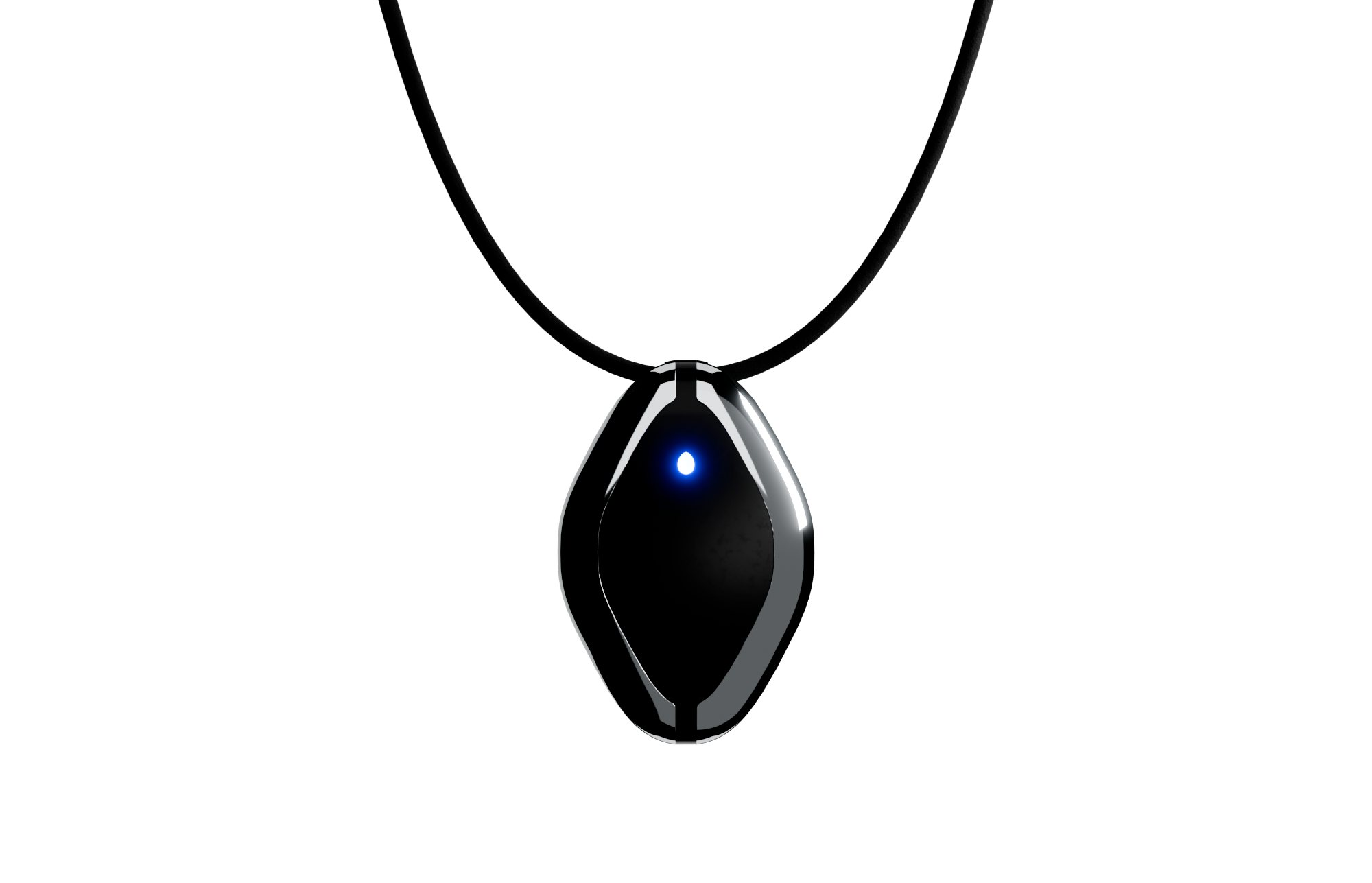Overview of Interrupt-Driven I/O
Interrupt-Driven I/O is a technique used in computer systems to handle input and output operations more efficiently. Instead of the CPU constantly checking the status of a peripheral device in a polling manner, interrupts allow the device to notify the CPU, freeing the CPU to execute other tasks in the meantime.
- An interrupt is a special signal that interrupts the current operations of the CPU, allowing it to address a particular event that needs immediate attention, such as I/O operations.
- When a device is ready for service (for example, ready to receive or send data), it sends an interrupt request to the CPU. The CPU pauses its current operations to execute a function called an Interrupt Service Routine (ISR) to handle the I/O task.
- Upon completion of the ISR, the CPU resumes its previous operations, minimizing idle CPU time during waiting periods that occur in traditional polling techniques.
Advantages of Interrupt-Driven I/O
- **Higher Efficiency:** Interrupts allow the CPU to execute other tasks instead of waiting and checking the I/O device's status continuously.
- **Reduced Latency:** Devices can be serviced immediately once they are ready, reducing the response time compared to polling methods.
- **Resource Optimization:** The reduction in CPU time spent waiting allows for more efficient use of CPU resources, improving overall system performance.
Key Components in Interrupt-Driven I/O
- **Interrupt Vector:** A table of pointers to ISR in memory, ensuring the appropriate function is called for a given interrupt.
- **ISR (Interrupt Service Routine):** A function that provides the necessary code to handle the interrupt event.
- **Interrupt Flag:** A status flag indicating whether the CPU can be interrupted or not, allowing critical sections of code to be protected.
Example Code for Handling Interrupts
In a practical implementation, you'd write an ISR function that gets called when an interrupt occurs. Below is a simple pseudo-code example of what this might look like.
#include <avr/interrupt.h>
// Assume this is the ISR for an external device interrupt
ISR(INT0_vect) {
// Code to handle the external interrupt event
handleDeviceInput();
}
void main() {
// Initialize hardware and set up the interrupt
setupHardware();
sei(); // Enable global interrupts
while(1) {
// Main loop continues execution
performMainTasks();
}
}
Key highlights from this example:
- The
ISR() macro defines the interrupt service routine, which is automatically called when the specific interrupt is triggered.
- The
sei() function enables global interrupts in the microcontroller environment, allowing ISR to interrupt the main routine when needed.
- The main loop
performMainTasks() keeps running, demonstrating that the CPU is free to perform other tasks while awaiting an interrupt.
This basic understanding of Interrupt-Driven I/O highlights how it differs from polling by allowing the CPU to perform meaningful work rather than idling, thereby improving the efficiency and responsiveness of a system when handling peripheral devices.

